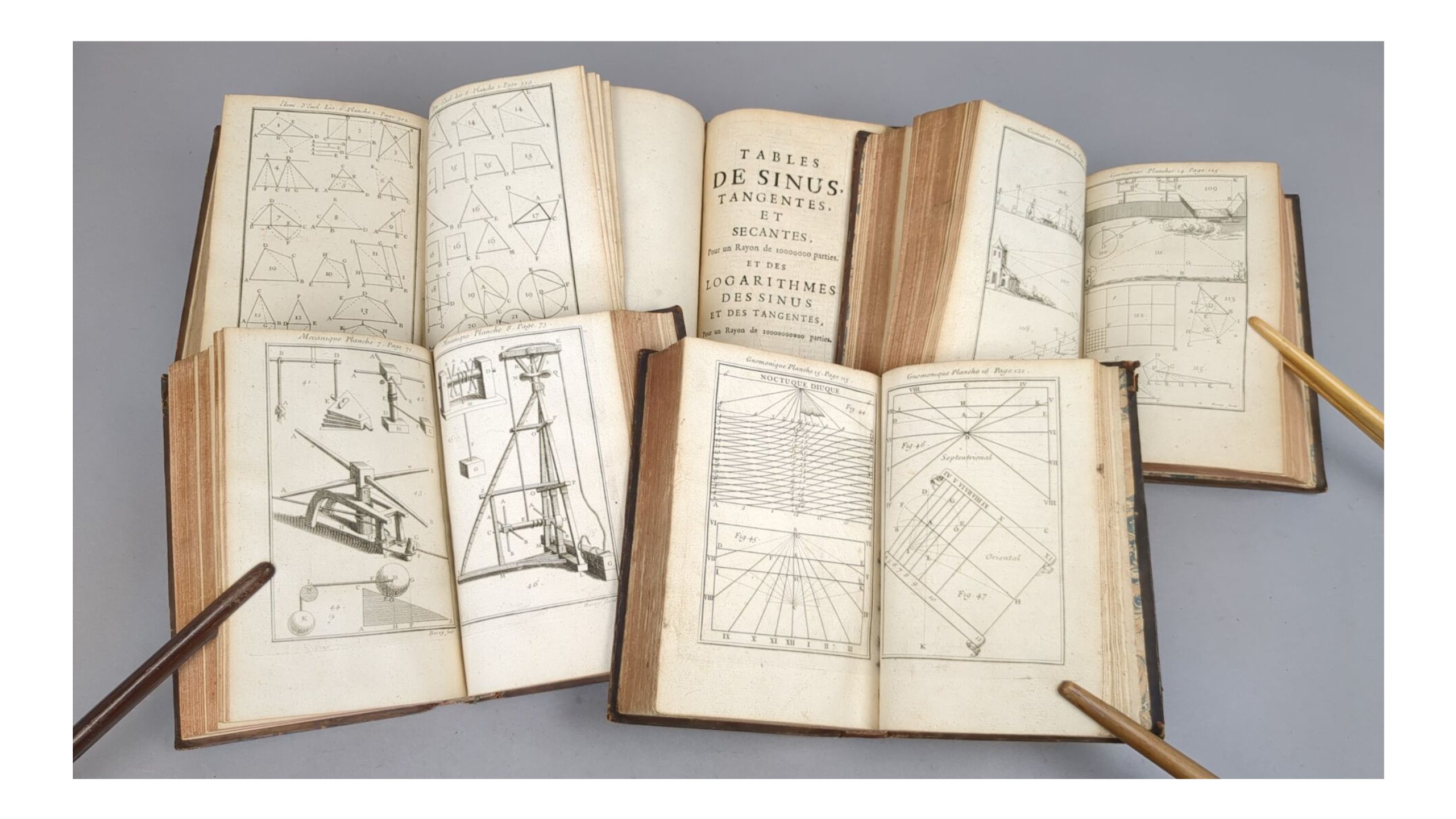Histonumbers
A histogram is a well-known visual
representation of the distribution of quantitative data. What about histonumbers?
We could represent the integers 1234 and 2024 like this:
+---+
+---+
| | | |
+---+ + + +
| | | | |
+---+ + + +---+ +---+
+
| | | | | | | | |
+---+ + + +
+ + + + +
| 1
| 2 | 3 | 4 | | 2 | 0 | 2 | 4 |
+---+---+---+---+ +---+---+---+---+
The “1234” histonumber is a polygon with
10 sides, a (blue) perimeter P of 16 units and a surface S of 10 square units (the
surface of a histonumber is always the sum of its digits).
The “2024” histonumber is a polygon with
10 sides, a perimeter P of 20 units and a surface S of 8 square units.
By definition, a histonumber can always be
drawn in one go on a sheet of paper, without ever lifting the pencil. This
seems obvious for the 1234 histonumber but is less so for 2024. However, this is
also the case here because the pencil will pass twice below zero. This
justifies the value P = 20 of the perimeter of 2024.
Here are the successive histonumbers from
0 to 13. The shape of 0 and 10 might seem awkward – but are not: 0 has a
perimeter P = 2 and a surface S = 0; 10 has a perimeter P = 6 and a surface S =
1.
+---+
| |
+---+ + +
| | | |
+---+
+ + +
+
| | | | | |
+---+
+ + +
+ + +
| | | | | | | |
+---+
+ + +
+ + +
+ +
| | | | | | | | | |
+---+
+ + +
+ + +
+ + +
+
| | | | | | | | | | | |
+---+
+ + + + + + + + + + + +
0 | 1 | | 2 | | 3 | | 4 | | 5 | | 6 | | 7 |
+---+ +---+
+---+ +---+ +---+
+---+ +---+ +---+
+---+
| |
+---+ + +
| | | |
+ + + +
| | | |
+ + + +
| | | |
+ + + +
| | | |
+ + + +
| | | |
+ + + + +---+
| | | | | |
+ + + + +---+ + +
| | | | | | | |
+ + + + +---+
+---+---+
+---+ + +---+ +
| 8
| | 9 | | 10| | 11 | | 12 | | 13 |
+---+ +---+
+---+---+ +---+---+ +---+---+
+---+---+ ...
... The sequence P is now here in the OEIS but S was already there – as the surface of a histonumber
is the sum of its digits (or digsum).
What about iterating the successive histonumber’s
perimeters P, starting with a(1) = 0:
I0 = 0, 2, 6, 14, 12, 8, 18, 20, 8,
… loop A
Now we try a(1) = 1 (the smallest term not yet
seen in this iteration)
I1 = 1, 4, 10, 6, (enters loop
A)
I3 = 3, 8, (enters loop A)
I5 = 5, 12, (enters loop A)
I7 = 7, 16, 16,
… loop B
I9 = 9, 20, (enters loop A)
I11 = 11, 6, (enters loop A)
I13 = 13, 10, (enters loop A)
I15 = 15, 14, (enters loop A)
I17 = 17, 18, (enters loop A)
I19 = 19, 22, 8, (enters loop A)
I21 = 21, 8, (enters loop A)
I23 = 23, 10, (enters loop A)
I24 = 24, 12, (enters loop A)
I25 = 25, 14, (enters loop A)
I26 = 26, 16, (enters loop B)
I27 = 27, 18, (enters loop A)
I28 = 28, 10, (enters loop A)
I29 = 29, 11, (enters loop A)
I30 = 30, 10, (enters loop A)
…
The only terms escaping to the loop A… seem
to fall in the loop B – they are:
Loop B = 7, 16, 26, 36, 46, 56, 60, 61, 62,
63, 64, 65, 66, …
Note that a term k, not ending in 0,
has the same perimeter read backwards.
As 104 belongs to the loop B, for instance,
we know that 401 will also be part of it.
And so will 152, 153, 154, 155 and 251, 351,
451, 551.
Is the list of B-looping terms finite? Is
1000000 its last member?
Of course not: it is easy to build a bigger
term with perimeter 26 – for instance 1 followed by 11 zeros.
Are there other loops than A and B here?
We could iterate such a P·S concatenation –
starting with a(1) = 0, for instance:
P·S0 = 0, 20, 82, 2010, 143, 148, 2213, 168, 2215, 2010, … loop C
Now we try a(1) = 1 (the smallest term not yet
seen in this iteration)
P·S1 = 1, 41, 125, 168, (enters
loop C)
P·S2 = 2, 62, 168, (enters loop C)
P·S3 = 3, 83, 2011, 144, 149,
2414, 2211, 126, 189, 2418, 3015,
249, 2415, 2412, 189, … loop D
P·S4 = 4, 104, 165, 1812, 2612, 2211,
(enters loop D)
P·S5 = 5, 125, (enters loop C)
P·S6 = 6, 146, 1811, 2411, 168, (enters
loop C)
P·S7 = 7, 167, 2014, 207, 249, (enters
loop D)
P·S8 = 8, 188, 2217, 2412, (enters
loop D)
P·S9 = 9, 209, 2811, 2412, (enters
loop D)
P·S10 = 10, 61, 167, (enters
loop D)
…
Any other such P·Sk loops?







Commentaires
Enregistrer un commentaire